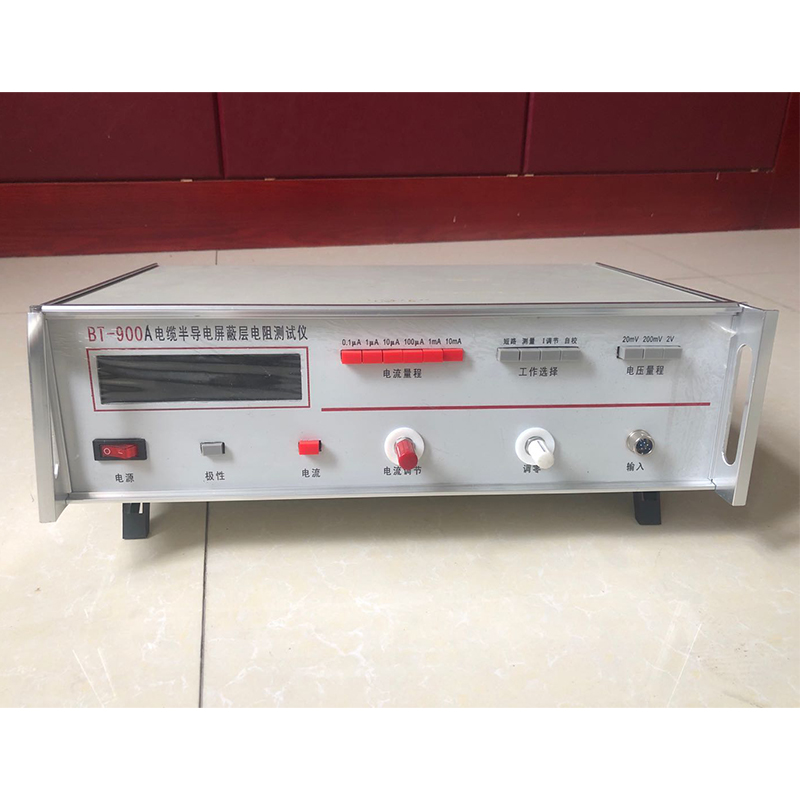metal tensile tester
Understanding Metal Tensile Testers A Key Tool in Material Testing
In the world of materials science and engineering, understanding the strength and ductility of various metals is paramount. One of the most effective ways to evaluate these properties is through tensile testing, which measures how a metal material responds to controlled tension. Central to this process is the metal tensile tester — a vital instrument that engineers and technicians rely on to assess the performance of metallic materials.
The metal tensile tester operates by applying a uniaxial tensile force to a sample of metal until it deforms and eventually fractures. The test begins with a sample, usually shaped in the form of a dog bone to ensure uniform cross-sectional stress distribution. This standard design allows for an accurate determination of the yield strength, ultimate tensile strength, elongation, and reduction of area of the material being tested.
Key Components of a Metal Tensile Tester
A typical metal tensile tester consists of several essential components
1. Load Cell This is the heart of the tensile tester, responsible for measuring the force applied to the specimen. Load cells provide precise data, which is crucial for understanding material behavior under stress.
2. Gripping Mechanism The sample must be securely held in place during testing. The gripping mechanism, often a set of jaws, ensures that the metal specimen does not slip or move during the application of tension.
3. Crosshead This is the component that moves to apply tension to the specimen. The speed at which the crosshead moves can be controlled, allowing for different strain rates to be tested.
metal tensile tester

4. Data Acquisition System Modern tensile testers are equipped with sophisticated software that records data in real-time. This includes load, extension, and time, which can later be analyzed to generate stress-strain curves.
Importance of Tensile Testing
Tensile testing is critical in various industries, including aerospace, automotive, and construction. By understanding how metals behave under stress, engineers can make informed decisions about material selection and design. For example, a metal with high tensile strength but low ductility may be suitable for certain applications but could fail when subjected to bending or impact forces.
Moreover, tensile testing helps ensure that materials meet regulatory and safety standards. Failures in structural components can lead to serious accidents, making rigorous testing not just beneficial but necessary.
Applications of Metal Tensile Testers
Metal tensile testers are widely used in research and development, quality control, and failure analysis. Manufacturers use these tests to verify that their products meet specifications before they enter the market. In R&D settings, researchers study the effects of different alloys or treatments on metal properties. In failure analysis, engineers investigate the causes of material failure, often conducting tensile tests on fractured components to discern underlying issues.
Conclusion
In summary, metal tensile testers play a crucial role in material testing and quality assurance. By providing valuable data on the mechanical properties of metals, these testers enable engineers to design safer, more reliable products. As technology advances, the capabilities of tensile testers will continue to evolve, further enhancing our understanding of material behavior and performance in various applications.
-
reliable-performance-testing-with-advanced-aging-chamber-solutions
NewsAug.23,2025
-
advancing-precision-with-profile-projector-technology
NewsAug.23,2025
-
uv-led-ultraviolet-crosslinking-technology-innovation-and-prospects
NewsAug.23,2025
-
ensuring-safety-and-compliance
NewsAug.23,2025
-
electrical-properties-testing-in-modern-applications
NewsAug.23,2025
-
universal-tensile-testing-machine-applications-in-modern-electrical-and-material-testing
NewsAug.23,2025
 Copyright © 2025 Hebei Fangyuan Instrument & Equipment Co.,Ltd. All Rights Reserved. Sitemap | Privacy Policy
Copyright © 2025 Hebei Fangyuan Instrument & Equipment Co.,Ltd. All Rights Reserved. Sitemap | Privacy Policy

